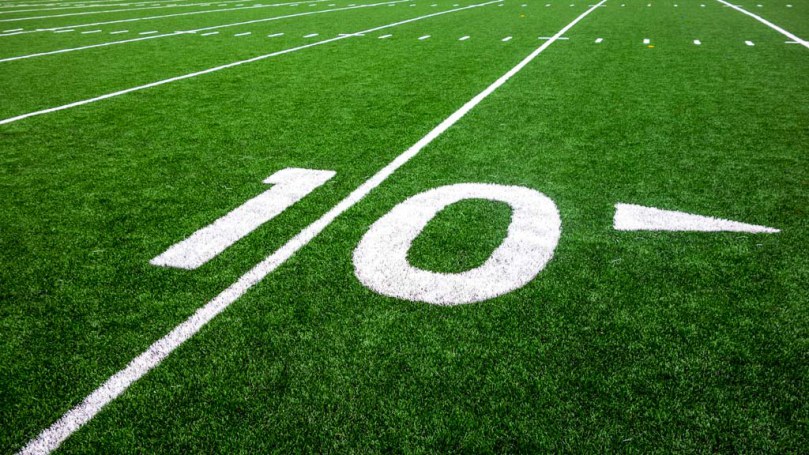The NFL is in the middle of an extensive legal conflict regarding the mass amount of concussions sustained by players within the league. Because of this association between injury and sport, football and cannabis have also become closely associated. Retired players, such as Jamal Anderson have admitted to using marijuana as a painkiller for not only the minor aches of being an athlete, but also for more extensive injuries inherent to the sport, such as concussions. “When I played, 40 to 50 percent of the league used it,” Anderson recently said.
Curious about marijuana-use in the current NFL league, the Bleacher Report interviewed 16 players and revealed that most of the players smoked regularly — around three to four times a week. As many might wonder, the player are strategic about their use in order to get away with their Mary Jane indulgence. The yearly drug-testing of players can fall anytime between April and August, but to save money, players are usually tested during training camp when the whole team is in one place. Since players know when they will be tested, if they pass, they are essentially given smoking freedom until the next year.
Another interesting factor of the NFL’s marijuana debate is the legal use of addictive painkillers. One NFL owner has said, “I’m not sure you could field a league without the use of these [painkillers],” which many players with a heavy reliance on painkillers could likely attest to. The NFL, although currently opposing cannabis-use, will have to answer in the coming months to injured players who see marijuana as a safer and healthier option for pain relief. Additionally, they will have to acknowledge that a majority of the league’s players are indeed, medically and recreationally, lighting up after games and practices.











